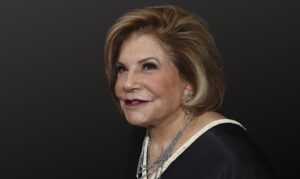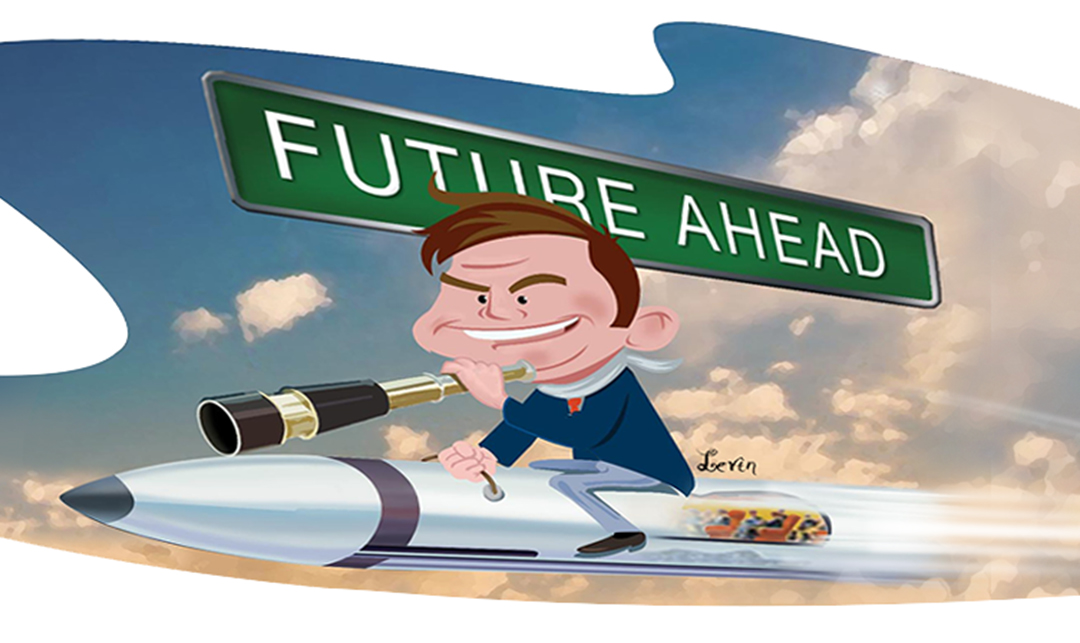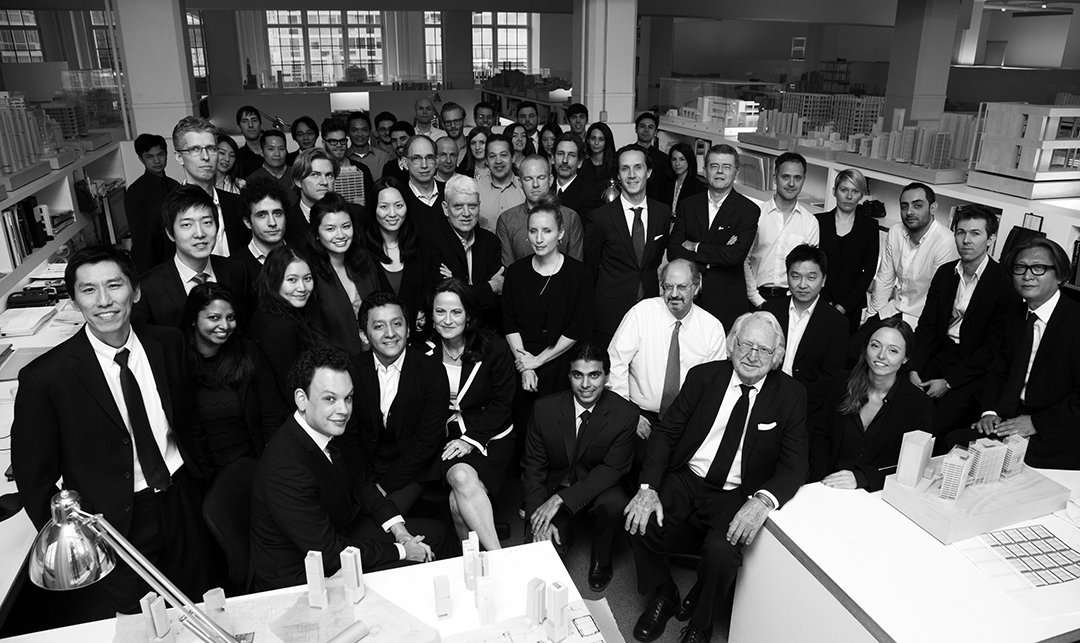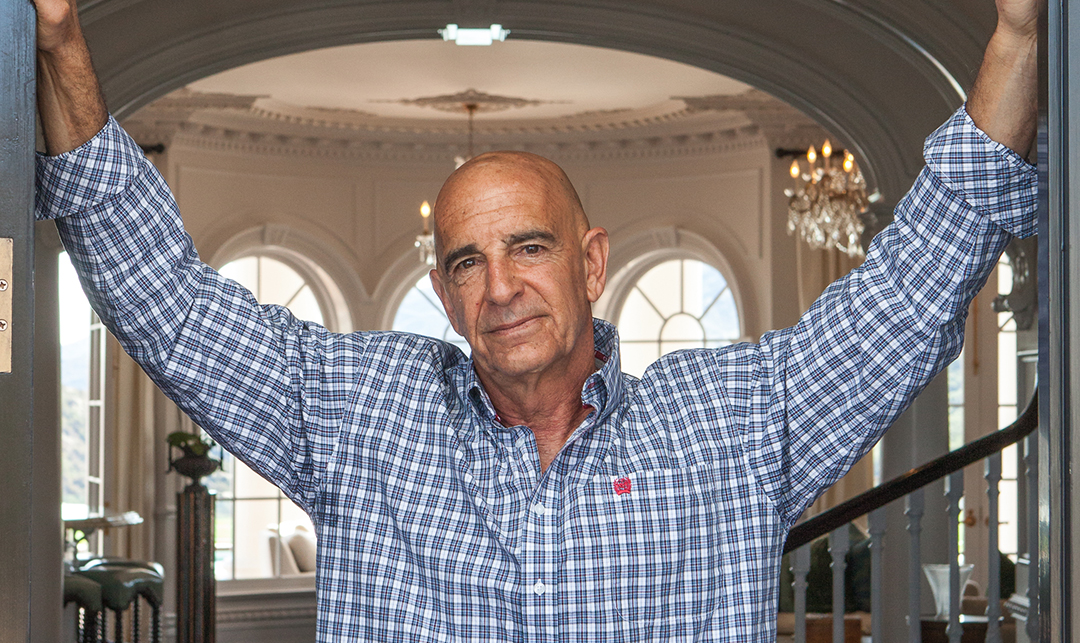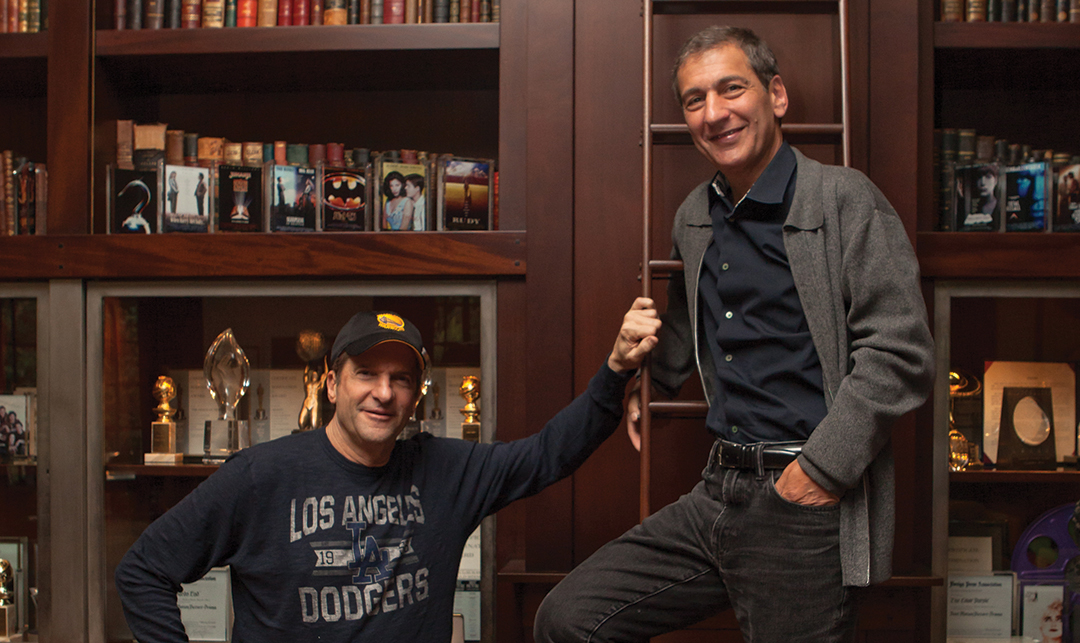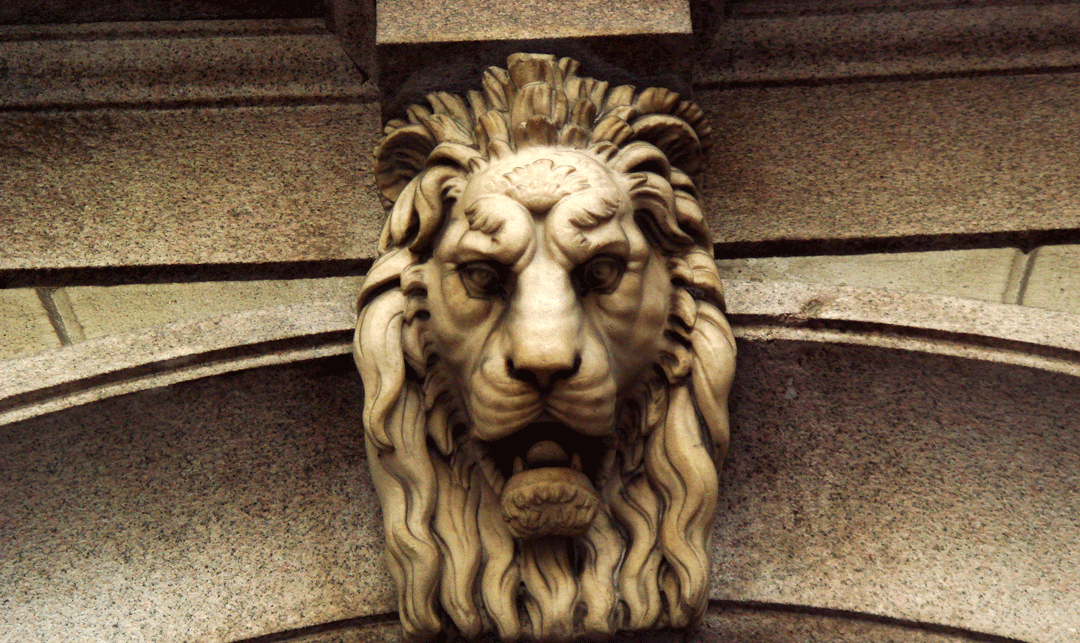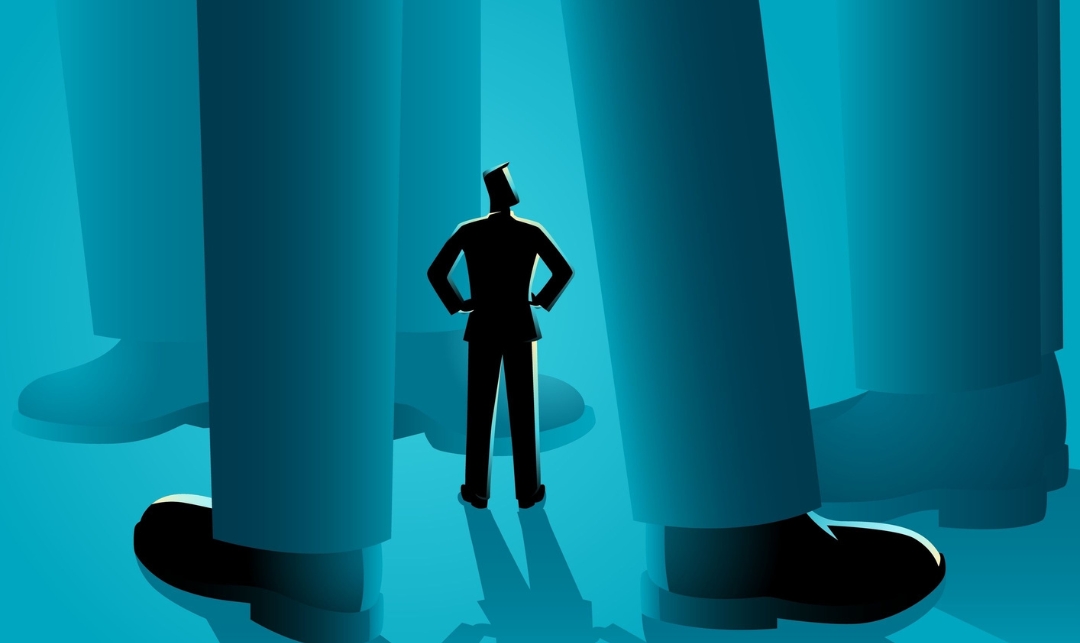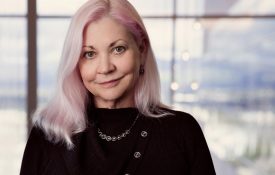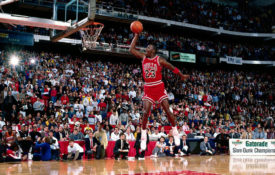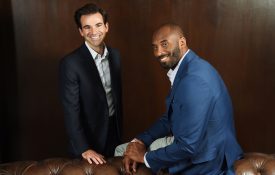Your organization can get a tremendous boost by collaborating with leaders in your field who can inspire your team to rise to greater heights. During my two decades as president and chief executive officer of Cirque du Soleil Entertainment Group, I had the privilege of working with some of the greatest creators in the world. Recently, I took a moment to step back and reflect on what I have learned from each of these remarkable talents. There have been many, but today I will focus on five: Guy Laliberté, Robert LePage, Franco Dragone, James Cameron, and the Beatles.

GUY LALIBERTÉ
When Guy Laliberté founded Cirque du Soleil in 1984, he transformed the circus arts from a tired relic of another era into the spectacular, highly theatrical shows we see today. He was a street performer (his specialty was breathing fire!) and self-taught entrepreneur. I was lucky enough to work alongside Laliberté for 15 years. During that time, I learned the importance of constantly pushing the boundaries of creativity. Laliberté was always restless, probing, provoking, searching for a breakthrough, trying to bring out the best in himself and his collaborators.
This could cause conflict. I’ve seen angry dancers in tears when he cut a number that wasn’t working. But, in the end, he was usually right. His refusal to compromise was contagious. Everyone knew better than to suggest something we had done before, even if it had brought us great success. Working in such a creative ferment, we didn’t hesitate to produce shows with outrageous concepts like turning the stage into a giant water tank (O in Las Vegas) or having artists perform a scene upside down and right side up simultaneously (the touring show KURIOS). You don’t reinvent an entire industry by playing it safe. Laliberté never did. And thanks to his vision, neither does Cirque du Soleil, even today.
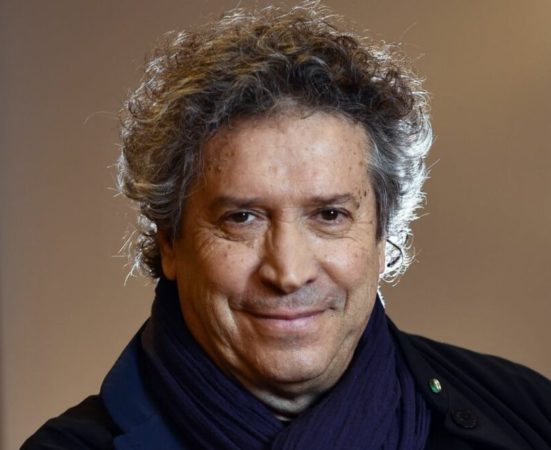
FRANCO DRAGONE
Until his heartbreaking passing in September at age 69, Franco Dragone was a giant in the field of large-scale theater shows. He not only directed every Cirque du Soleil show during a 12-year period ending in 1998, but also was responsible for our most iconic productions, including Saltimbanco, Mystère, Alegria, and O. What I learned from Dragone was that theatrical shows exist not just for entertainment, but to make the world a better place, bringing light, love, and hope to all who witness them. He always strived for excellence, pushing the people around him to do better, do more, and explore the unexpected.
He pushed himself, too. “With time and experience, I evolve,” he once said. “I see things differently, so I want my next show to be impacted by these changes. I want every project to be a unique experience for the spectators, and every next project to be a new stage of my own development as an artist.”
After his amicable departure from Cirque du Soleil, Dragone went on to create A New Day … in 2003, starring Céline Dion at Caesars Palace in Las Vegas (which, after four years, became the highest-grossing residency of all time). Today, his shows are still lighting up our lives. O recently celebrated its 24th anniversary, and Mystère performed its 13,000th show, a first for any Cirque du Soleil production. Dragone may be gone, but his spirit lives on.

ROBERT LEPAGE
When we hired Robert LePage to create a show for us in the early 2000s, we were left speechless by what the distinguished director, playwright, and actor came back with. “There will be no stage!” he said. Instead, he proposed to build a giant mobile platform that would rise up from the blackness, flip-flop, and rotate horizontally and vertically. “Most of the action will take place on several of these platforms,” he added, “with acrobats and martial artists climbing up and down, fighting and falling into the abyss below, that kind of thing.”
Never mind that such technology didn’t exist and would take three years and over $200 million to invent (we had to repurpose the massive hydraulic lifts ships use to load and unload cargo). This was precisely the kind of radical artistic vision we hoped to get from LePage. What I remember most clearly about that project was how humble and easy he was to work with. I learned that daring artistry does not have to be accompanied by vanity, ego, and peevishness, which can be so detrimental to the creative process and sabotage ambitious ideas like this one. We were all patient with one another during an incredibly complex process that featured many delays and cost overruns. The reward was well worth it: Our Las Vegas resident show KÀ raised the “wow” factor exponentially for our shows and is still going strong 18 years later.
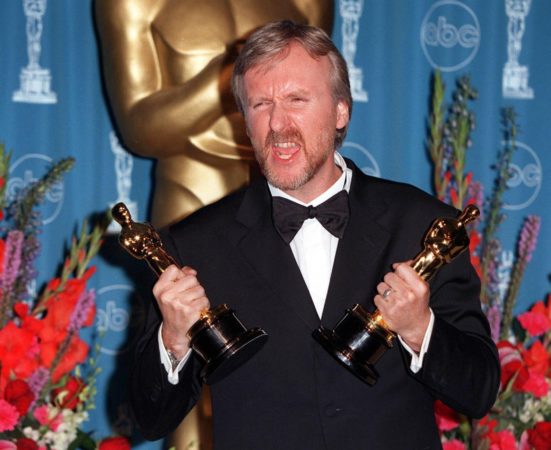
JAMES CAMERON
The word that comes to mind when I think about James Cameron, the legendary director of Titanic and Avatar, is curiosity. When he came to our Montreal headquarters for a tour, he spent a full three hours asking a barrage of questions about how we create and stage our shows (tours usually last half that long). That was still not enough, so we invited him backstage at our Las Vegas shows. Once again, he peppered our managers and crew with queries, wanting to know everything about our technology, lighting, sound system, acrobatic acts, you name it.
A vision must drive creative projects, it’s true, but the raw material that idea is built upon comes from an insatiable curiosity about the world. How can we innovate without understanding what has come before, what works and what does not, and what challenges and opportunities remain? That urgent desire to know is how James became such a prolific artist capable of creating the deeply immersive worlds of Avatar—upon which we based our hit arena show, Toruk: The First Flight—and his upcoming sequel, Avatar: The Way of Water. Cameron’s curiosity and imagination inspired us to create a theatrical universe that still had our own unique Cirque du Soleil stamp—the very definition of a successful artistic collaboration.
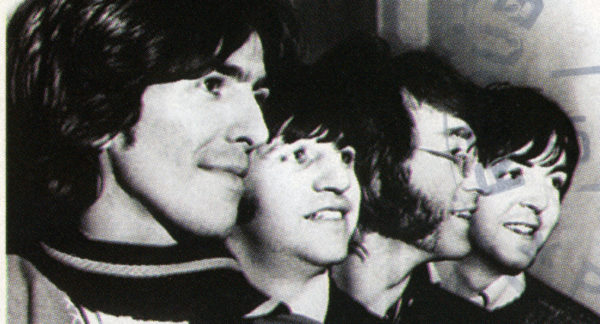
THE BEATLES
You might think that superstars like Paul McCartney and Ringo Starr, after creating some of the most iconic music in the history of Western civilization, would be deeply possessive and protective when an outsider like Cirque du Soleil begins tinkering with their legacy. In reality, it was just the opposite. While producing The Beatles LOVE show in Las Vegas, I was astonished by how understanding and supportive these two great artists were as we created the show. The same was true of Olivia Harrison and Yoko Ono on behalf of their late husbands, George Harrison and John Lennon.
“This is something to be not nervous about,” McCartney told our team during a particularly jittery rehearsal. “It’s really good.” Sensing how much pressure they put on themselves to be perfect, he added, like a reassuring older brother, “Come on, man, we understand. You know, we’ve been at this a long time, too.”
That told me so much. As they wrote, arranged, and produced their own music, the Beatles knew better than anyone that self-doubt, anxiety, and moments of failure were simply part of the process. They understood how difficult true collaboration could be and were well aware, based on their own experience, how much better they were as a team than as individuals. Creativity is challenging, whether you are the Beatles, Cirque du Soleil, or a business executive. But the rewards are so rich that none of us would have it any other way.
All these fantastic artists changed me in some way. From Guy Laliberté, I learned that originality must come first. From Franco Dragone, to send a message of light and hope. From Robert LePage, to stay humble while you’re shooting for the moon. From James Cameron, to live with relentless curiosity. From the Beatles, to be understanding and supportive. It has been an honor being on this journey with such great creators. May their lessons inspire you!
Daniel Lamarre is the Executive Vice-Chairman of the Board for Cirque du Soleil Entertainment Group.









